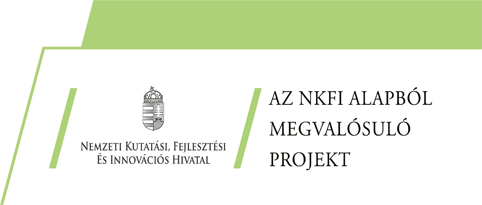Robotic application for archiving microscope slides in an unstructured operating environment: feasibility analysis
Dr. Galambos Péter, Károly István Artúr, Dr. Kuti József, Takács Mátyás, Felek Roland, Tarsoly Sándor, Garamvölgyi Tivadar, Hámori Lilla, Dr. Haidegger Tamás
The archives of pathology laboratories around the world have been systematically collecting tissue samples prepared on slides for decades. The accumulated samples and the data associated with them are of significant value, and through their digitization, the samples become available for further processing. Achieving samples in digital form is important in the development of education, clinical practice, and rapidly evolving machine intelligence for diagnostic and therapeutic purposes. Digitization is not economical with manual methods due to the large number of slides, so there is a strong demand for reliable, fast, and affordable automated systems. Digital archiving is already part of the session of properly prepared digital pathology laboratories, but the processing of old samples is currently unresolved. The main problem is the diversity of the archives: The formal quality of the glass sheets, the way they are stored and identified are different everywhere, so it is not possible to design a simple automatic device. The solution can be a robot cell that intelligently maps its surroundings and is able to detect the position of the glass sheets in a given storage system and automatically plan the movements required for manipulation.
In this presentation, we describe in detail the concept of a robotic cell capable of handling the most common archive formats. The visionary solution automatically recognizes and distinguishes slides, and plans the sequence of movements required for gripping. The samples are then assigned a standard unique identifier using a marking device and placed in a standard magazine. In the standardized layout, the samples can now be handled well with existing high-capacity scanners. The machine sensing, recognition and motion planning tasks that are the key to the solution are presented. It is particularly important to identify appropriate sensor modalities that provide a reliable and economical solution.
The aim of the joint development of the University of Óbuda and 3DHISTECH Kft. Is to create a robotic product line in order to support digital pathology and histology as completely and efficiently as possible.
 Skip to main content
Skip to main content
